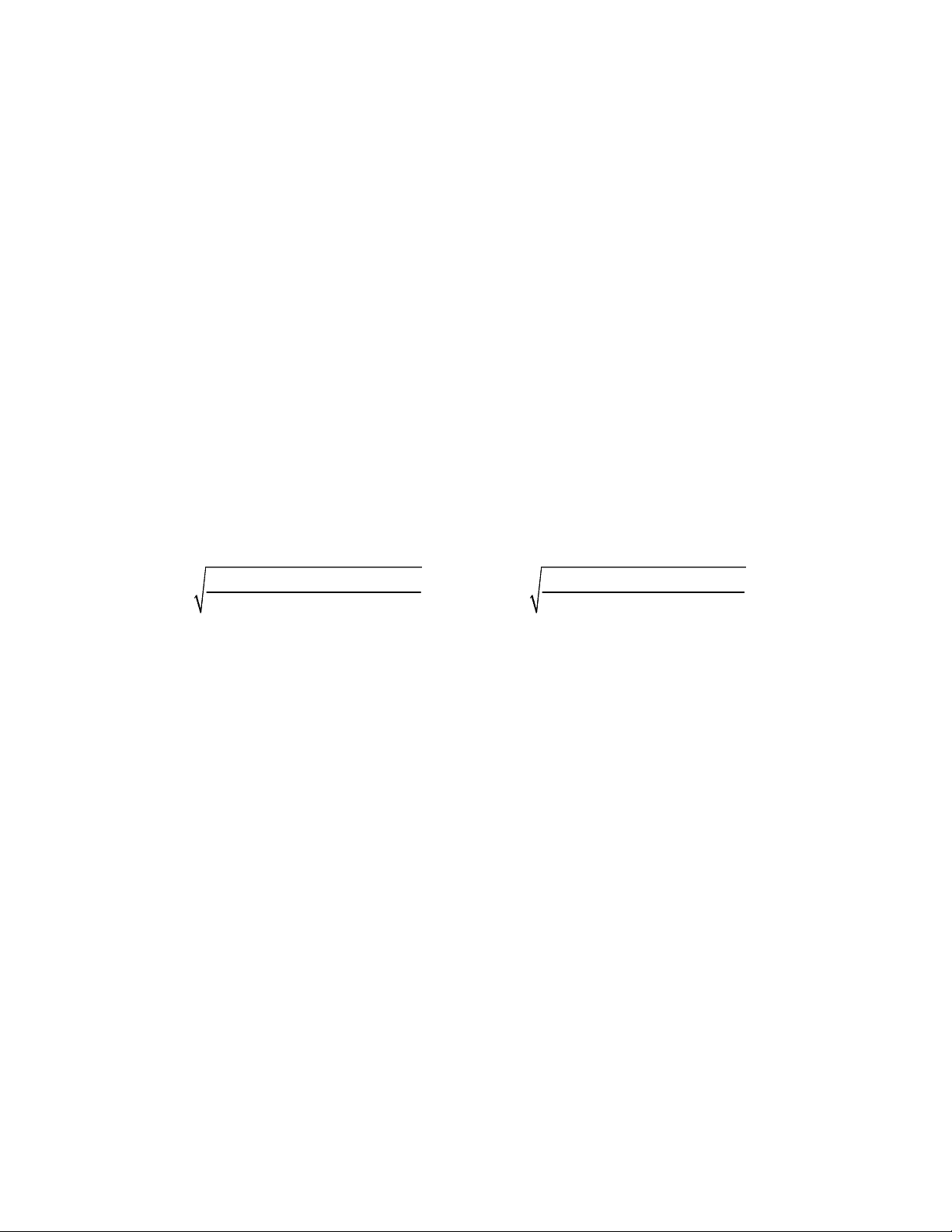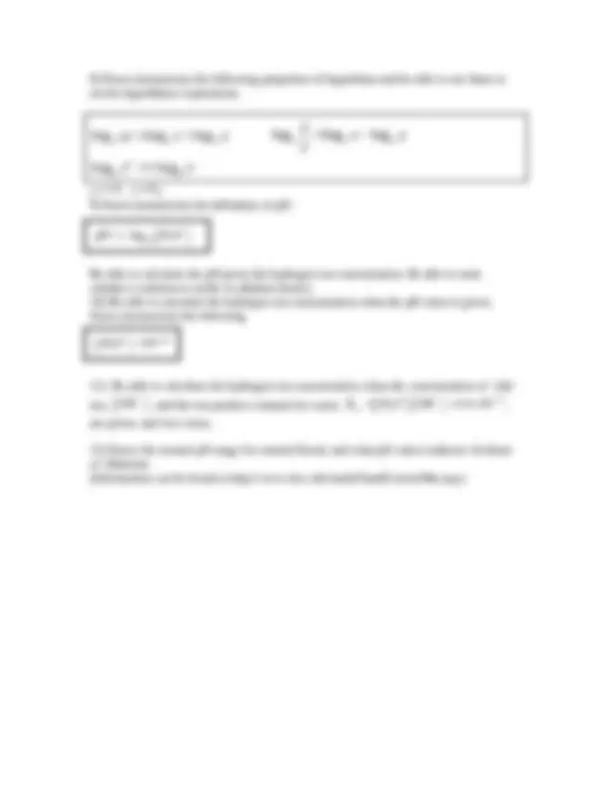



Study with the several resources on Docsity

Earn points by helping other students or get them with a premium plan


Prepare for your exams
Study with the several resources on Docsity

Earn points to download
Earn points by helping other students or get them with a premium plan
Community
Ask the community for help and clear up your study doubts
Discover the best universities in your country according to Docsity users
Free resources
Download our free guides on studying techniques, anxiety management strategies, and thesis advice from Docsity tutors
Material Type: Exam; Class: Math - Health Disciplines (QS); Subject: Mathematics; University: Salt Lake Community College; Term: Unknown 1989;
Typology: Exams
1 / 3

This page cannot be seen from the preview
Don't miss anything!


Math 1020 Objectives for Test #
Your exam will be “closed book” - no notes or formula cards allowed. You may
NOT use a calculator on this exam.
hand including converting fractions to decimals and vice versa. Also be able to convert
percentages to decimals or fractions.
Know the abbreviations and conversions listed on the departmental handout.
Be able to convert from military to standard time and vice versa. (See p.35.)
Understand Roman Numerals (see Table 4.2 on p. 62)
Be able to convert from one unit to another.
Math 1020 Objectives for Test #
Your exam will be “closed book” - no notes or formula cards allowed. You may be
required to work a portion of this exam without a calculator.
Know the abbreviations and conversions listed on the departmental handout.
Be able to calculate medical doses including dosages based on body weight or body
surface area (BSA). You will be provided with the following formulas for BSA and/or a
nomogram. Know how to use both the formula and a nomogram.
2
weight in kg height in cm
m
3600
2
weight in lb height in in
m
3131
medical dosages.
Be able to determine the amount of solution in a syringe.
Be able to do the calculations necessary to prepare solutions from pure “drugs” (either
liquid or tablet/powder form) or from stock solutions (liquid). You should be able to
show your work in the mathematical calculations and describe how the solution should be
prepared.
drug doses.
Math 1020 Objectives for Test #
Your exam will be “closed book” - no notes or formula cards allowed. You may be
required to work a portion of this exam without a calculator.
Know the abbreviations and conversions listed on the departmental handout.
Be able to calculate medical doses including dosages based on body weight or body
surface area (BSA). You will be provided with a formula and/or nomogram to estimate
the BSA. Know how to use both the formula and a nomogram.
medical dosages.
provided with the appropriate drop factors for the calculations.
a) amount of drug per minute, per hour, or per day,
b) weight, or
c) body surface area (BSA).
These calculations typically require intermediate steps involving a drug dose calculation
(e.g. How many milligrams of drug? How many mL contain the required dose?)
or what time will an infusion be finished.)
Math 1020 Objectives for Test #
Your exam will be “closed book” - no notes or formula cards allowed. You should
be able to work all problems except type 9 and 10 (below) without a calculator.
be able to write the standard decimal notation.
Be able to determine the number of significant figures in a number.
Be able to perform basic arithmetic calculations to the correct number of significant
figures (e.g. 4.3 – 2.17 or 5.20 ^ 1.3).
your answer using positive exponents).
m n m n
0
m
m n
n
n
n
n m m n
m m m
m m
m
( a^ 0,^ b ^0 )
exponents).
y x b ( b^ ^ 0,^ b^ 1,^ x ^0
and be able to use the definition to write exponential statements in terms of logarithmic
statements and vice versa.
logarithms by rewriting the statement in exponential form.